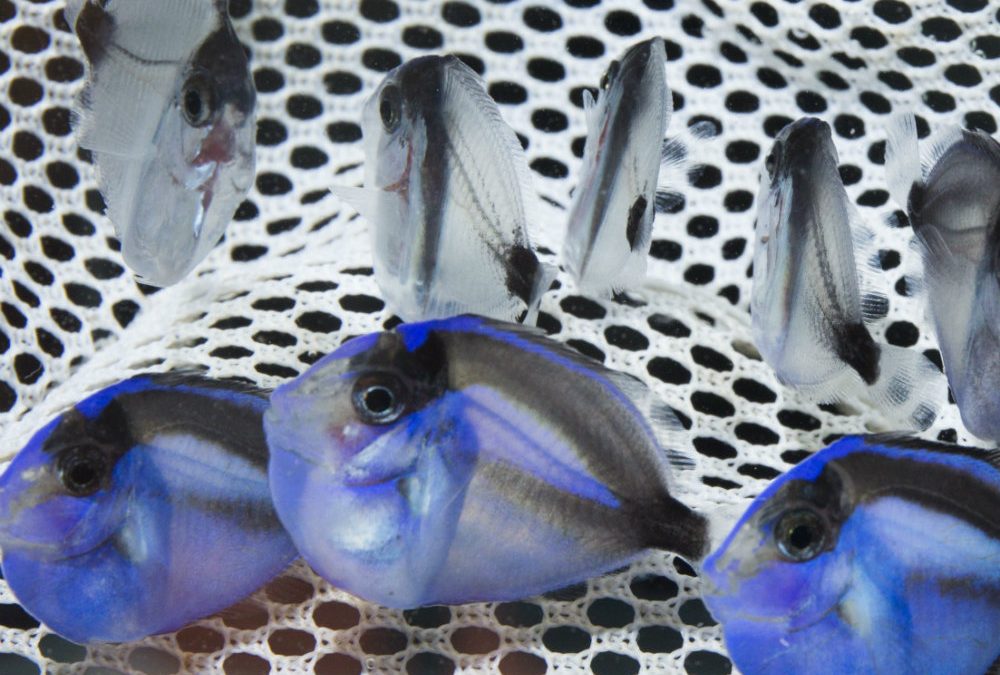
Aquaculture in the Southern United States: Part 3 – Florida and Georgia
Florida and Georgia are our next two states that are ready for their aquaculture profile. Florida is one of the leaders not only in the South but the whole United States in terms of aquaculture production. Florida is well known for its aquarium trade and food fish...

Our Environment: Part 18 – Solar Energy
We will begin our look at solar energy by explaining there are two forms – passive and active. In passive solar energy the well insulated building is heated directly from the sun without the need for additional technologies. In active solar energy the build has...
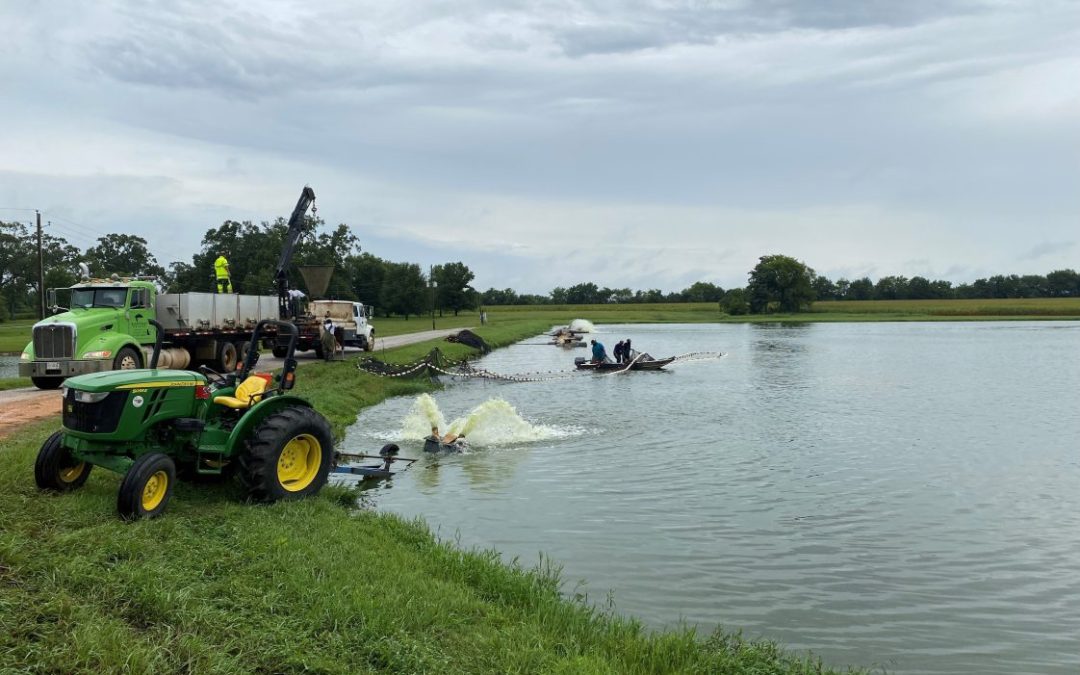
Aquaculture in the Southern United States: Part 2 – Alabama & Arkansas
The two A states in the South, Alabama and Arkansas, kick off our state aquaculture spotlight portion of our series on Aquaculture in the Southern United States. Alabama and Arkansas together contribute about 9% of all Southern aquaculture, with 102 and 55 farms,...

Our Environment: Part 17 – Energy Efficiency
Over the last couple of articles, we have seen how humans moved from a wood-based energy source to coal and from coal to oil. With the onset of the industrial revolution, new innovations such as electricity and transportation, our energy needs have increased – along...

Sustainable Scalloping
I love harvesting and eating local Bay scallops. Port St. Joe Bay is the scalloping area closest to Walton County. These tasty mollusks live in sea grass beds in shallow water. This makes them easy to find simply snorkeling, on a paddle board, kayak or from a boat....
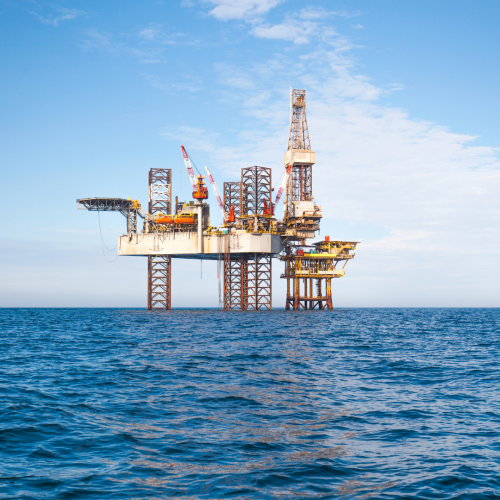
Our Environment: Part 16 – The Future of Energy
In Part 15 of this series, we mentioned the need to begin seeking new sources of energy. Currently fossils fuels are our go-to source, but this source is limited, and the demand is rising. There are also issues with the waste produced from the drilling, processing,...
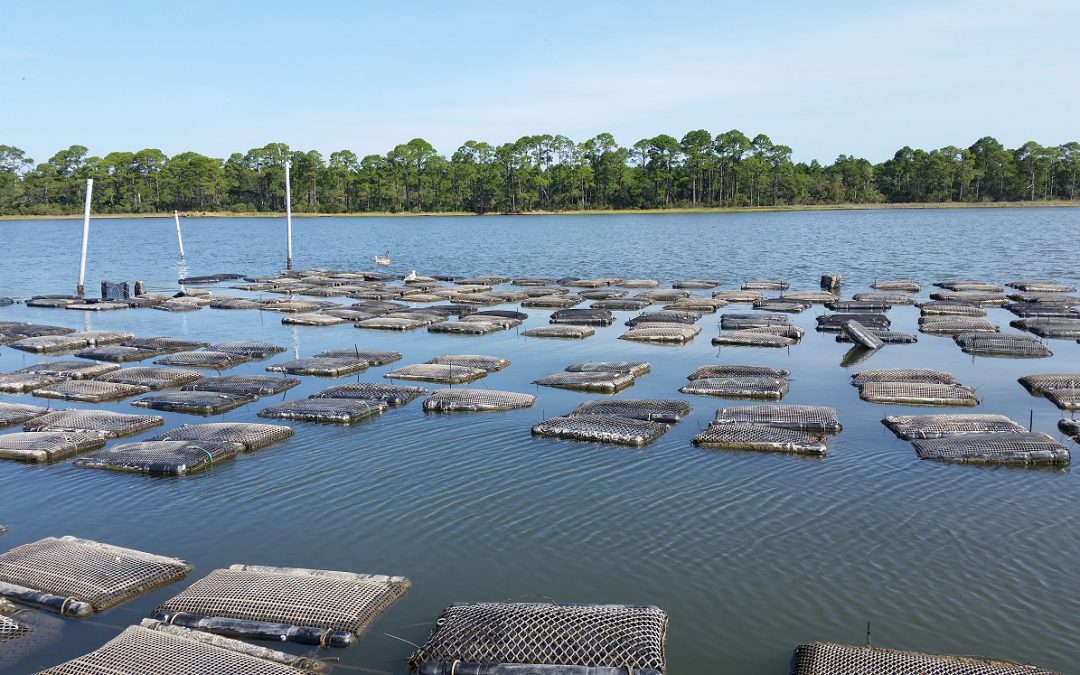
Aquaculture in the Southern United States: Part 1 – Introduction
While aquaculture is gradually gaining traction in the United States, it's important to note that this approach to farming has a long and established history in many parts of the world, particularly in Asia. Asia accounts for over 90% of global aquaculture production,...
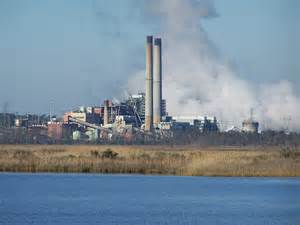
Our Environment: Part 15 – We Need Energy
This is an interesting resource to discuss in this series. Everyone would agree that we need food, water, and space – but do we need energy? Other creatures on this planet do fine without electricity, machines, and alternative transportation – do we really need it? ...
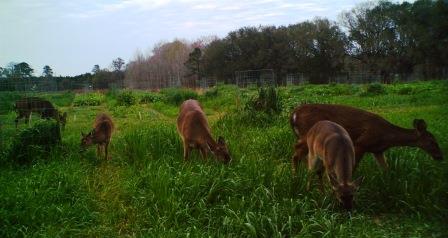
Believe It or Not, It’s Time to Start Working on Cool-Season Food Plots
The during the blistering heat of the last week of a Florida July is generally not a time when people think a lot about planting crops, but maybe it should be. Late summer can be a surprisingly active time in the world of wildlife food plots. For those land managers...
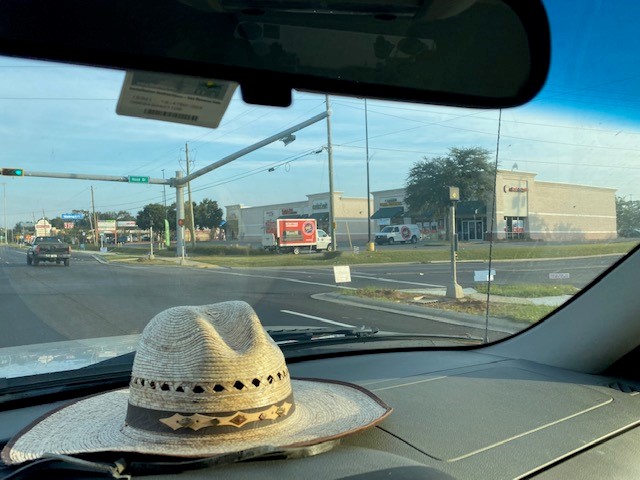
Our Environment: Part 14 – Managing Urban Growth
As our human population grows, so grow urban and suburban areas – and our natural areas and farms are decreasing. Much of this will cause problems for us and other species on the planet as well. How do we manage this need for space? Some cities such as Hong Kong and...
